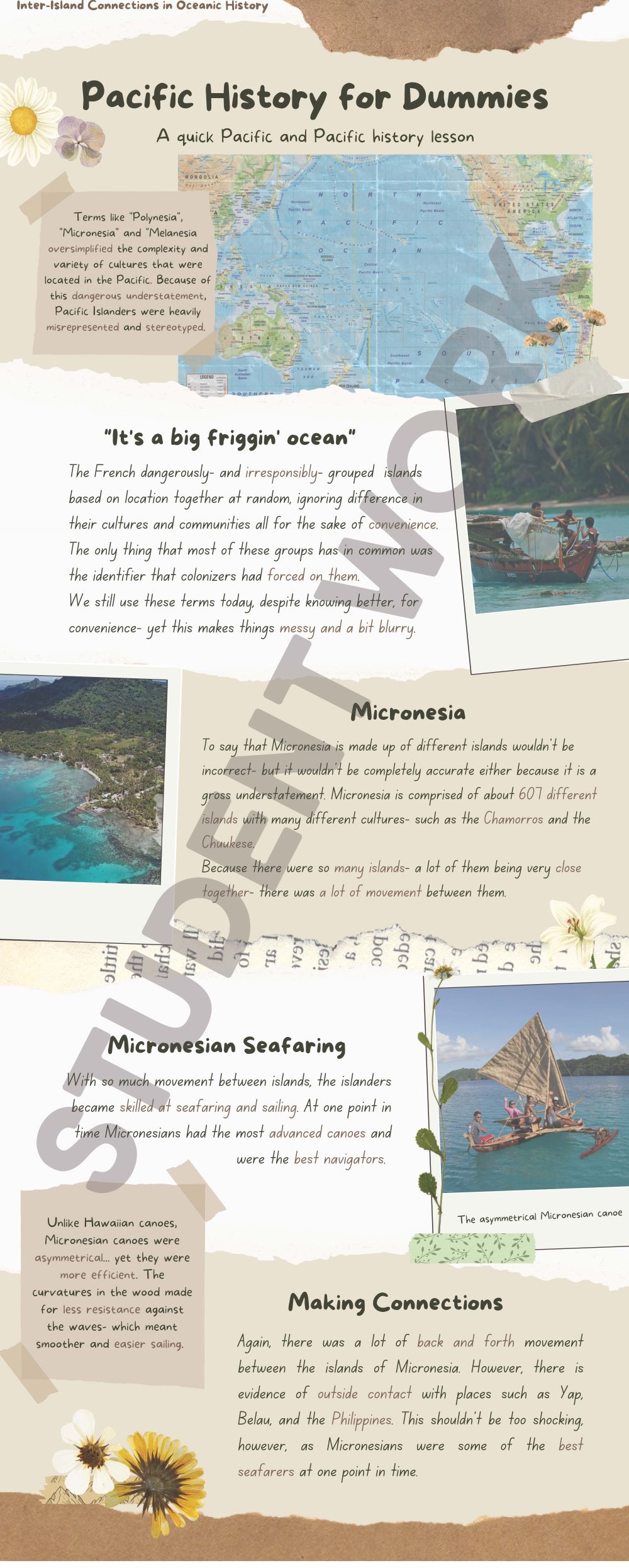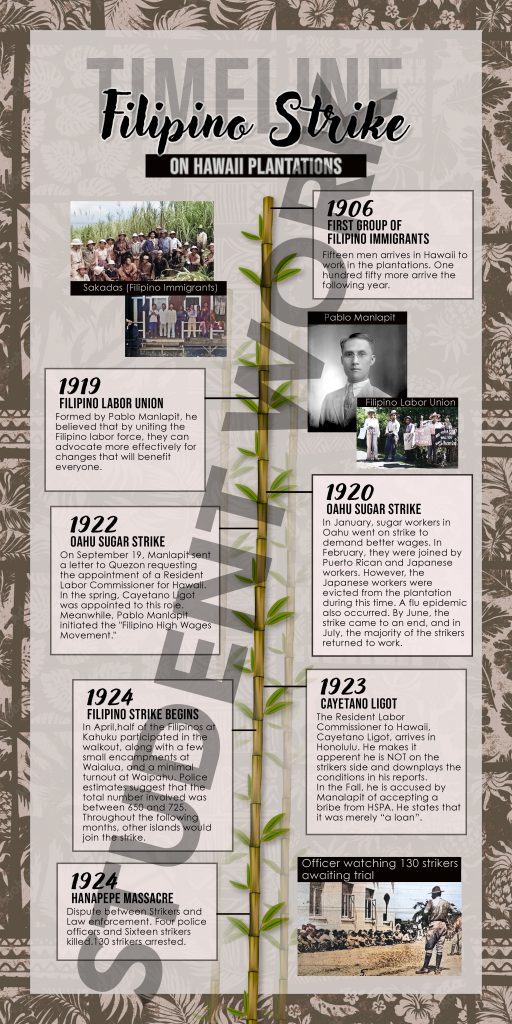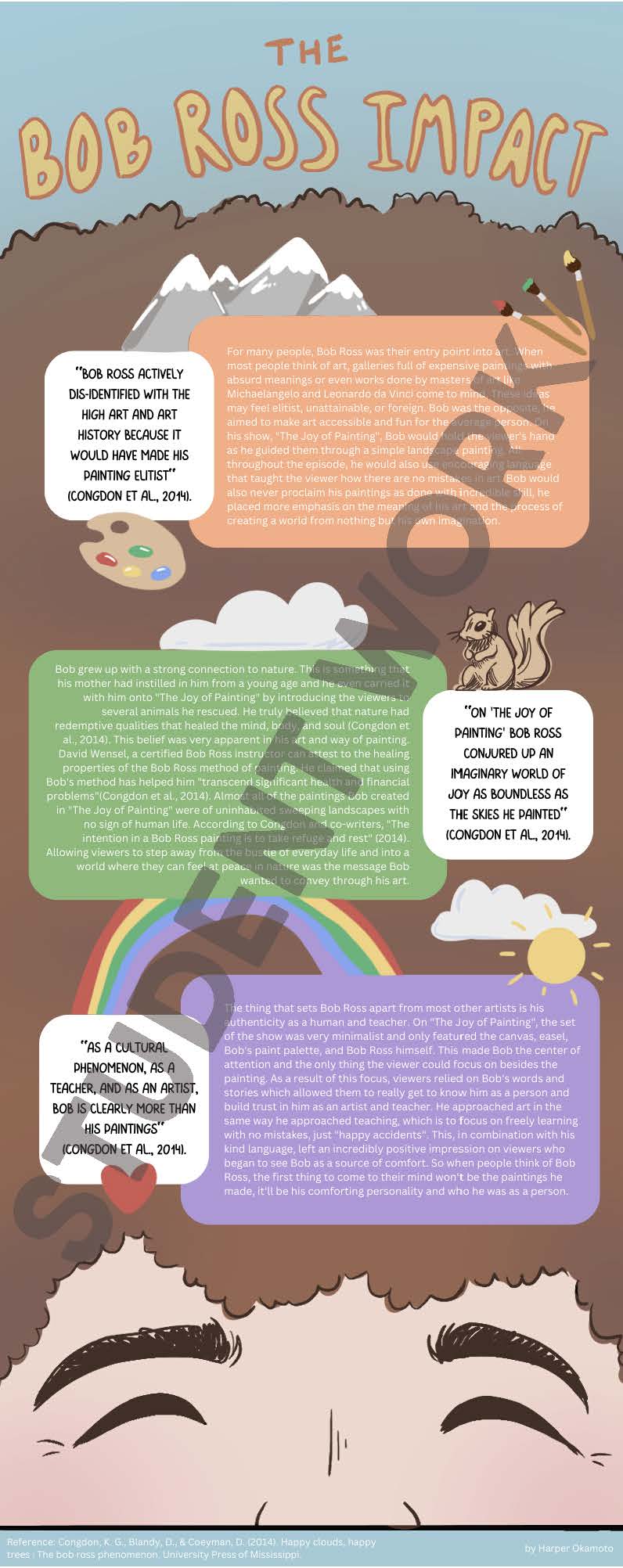Infographics in History
Academic Division: Humanities | Creative Media
Redesign: Written Assignment into Infographics
In several history courses (HIST 288, 363, 384, 485), a humanities professor reimagined a traditional written assignment in his History course by having students create infographics. While operating at the Augmentation level in the SAMR model, this shift to a more visual, concise format enhanced student learning and allowed for innovative expression. Students gained more experience in research, analysis and design while achieving deeper engagement with historical concepts. Overwhelmingly positive feedback showed the multimedia assignment was both more enjoyable and challenging than conventional papers. The professor’s strategic use of technology transformed a passive assignment into an active learning experience that built critical thinking and future-ready presentation abilities.
A Visual Timeline of History
Student Deliverables
Assignment Summary
In the original assignment, students were tasked with writing a 3-page essay on the three most significant events, eras, or issues in Pacific history, with the option to create an 8-12 minute video or narrated PowerPoint instead. While the objective remained the same, students were given the additional option to create a sequence infographic.
Reimagining the Review
Student Deliverables
Assignment Summary
In the original assignment, students were required to write a 3-page book review, focusing on one or two points that piqued their interest, supported by a clear thesis and analysis. While the objective remained the same, students were given the option to create an infographic.
Instructor's Comments
Material used: Links to tutorials and an assignment sheet
.
Redesign effectiveness: 5/5For the students that really focused in, they processed the books well and had thought out analysis of the texts. The designs then lent to the basic requirement of a review, giving prospective readers a short and thoughtful insight into whether or not it is worth reading and why.
Value added to the learning content: 3/5
Post-iteration #1: A range [of values]. Some students sort of phoned it in and I don’t think it added much. Others put more thought into it and in particular tried to connect the content in design thoughtfully.
Post-iteration #2: I don’t think it necessarily adds more to the process beyond what them preparing a written review does, but for the students that opt in they definitely get to work on parts of communication the written one does.
Improvements for next implementation: Need to encourage students to cut the verbiage down some, but not sure how to do that without it then losing value as an academically suitable review.



